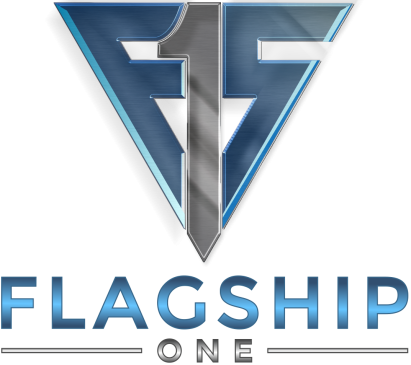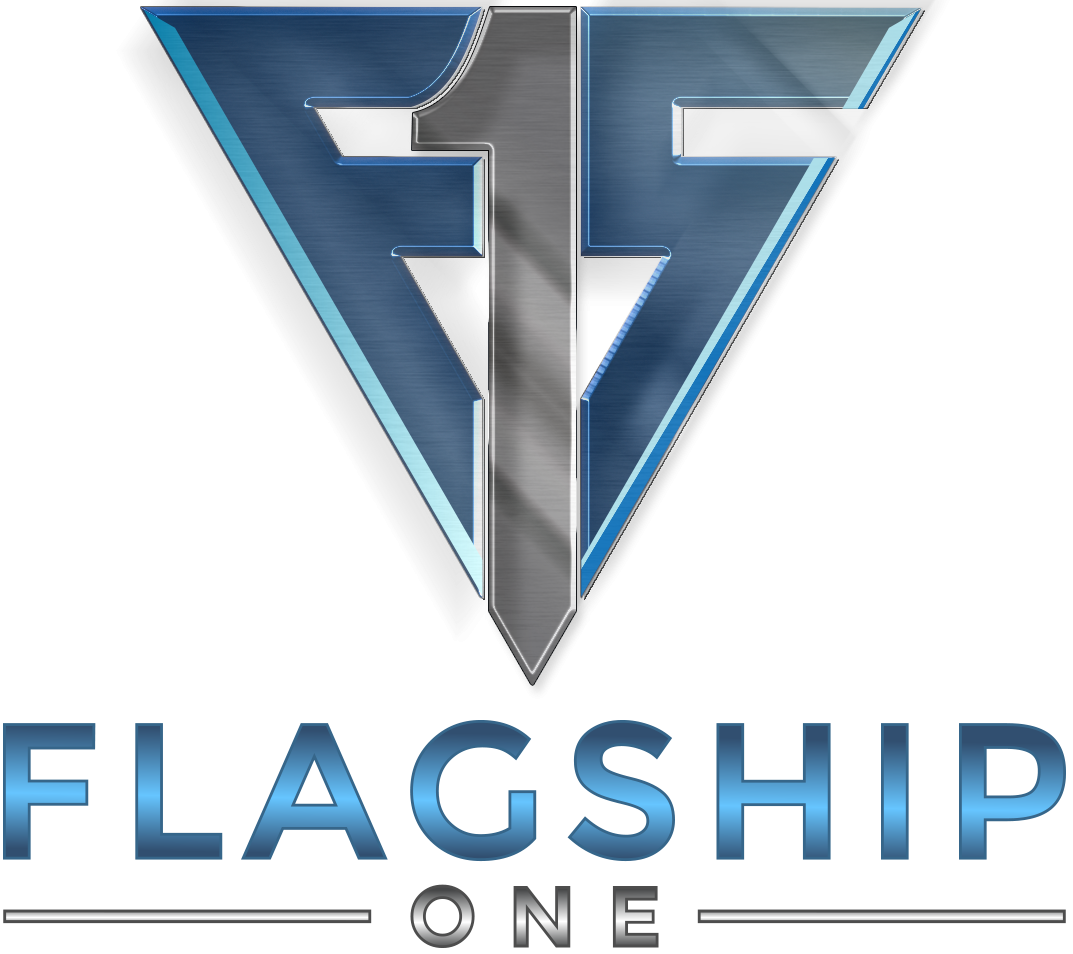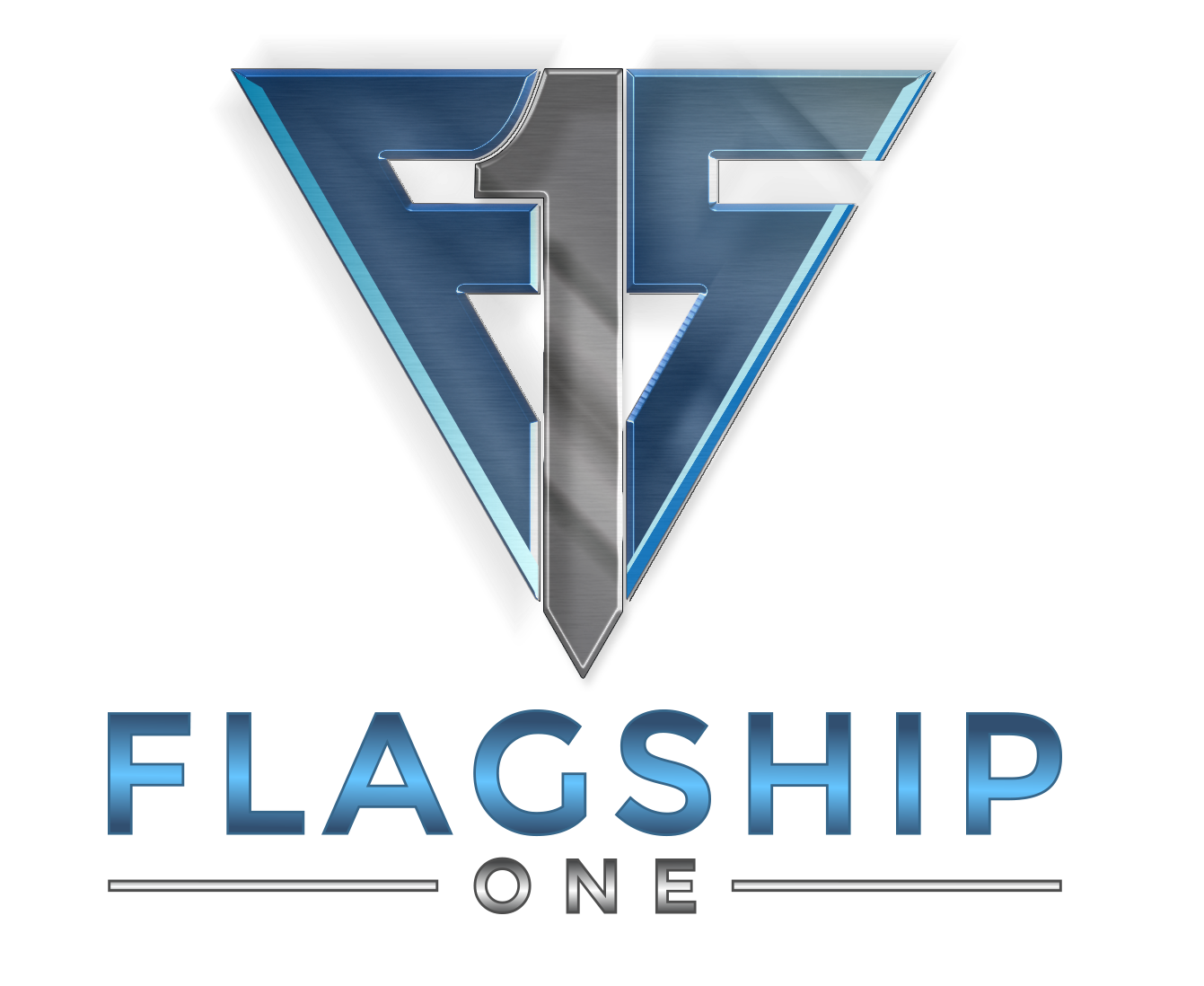Body Components
Parts Assessed:
Windows, power locks, manual locks, doors, trunk, tailgate, mirrors, power and manual seat controls, seat belts, sunroof, convertible top, glass defects.
Reported Problems:
Analysis:
Brake System
Parts Assessed
Brake pads, brake rotors, brake calipers, anti-lock braking system (ABS), brake lines, brake master cylinder, brake booster, parking brake, brake sensors, regenerative braking system (if applicable).
Reported Problems:
Analysis:
Heating & Cooling
Parts Assessed
Reported Problems:
Analysis:
Drivetrain
Parts Assessed
Reported Problems:
- Front Struts May Wear at 75,000 Miles
Analysis:
The 1998 Saturn SL2 is generally a reliable car, but one common issue to watch out for is the front struts wearing out around 75,000 miles. This isn’t a deal-breaker, but it’s something to keep in mind if you’re considering buying one or if you’re already an owner. Regular maintenance and timely replacements can help keep your ride smooth and extend the car’s overall lifespan.
Interior Electronics
Parts Assessed
Reported Problems:
Analysis:
Cooling System
Parts Assessed
Reported Problems:
Analysis:
Ignition & Wiring
Parts Assessed
Reported Problems:
Analysis:
Engine Repairs
Parts Assessed
Reported Problems:
Analysis:
Exhaust System
Parts Assessed
Reported Problems:
Analysis:
Fuel & Emissions
Parts Assessed
Reported Problems:
Analysis:
Onboard Electronics
Parts Assessed
Reported Problems:
Analysis:
Strange Sounds & Leaks
Parts Assessed
Dashboard rattles, squeaks, wind noise, door seals, weather stripping, water leaks, air leaks, excessive road noise, suspension noise, drivetrain noise, exhaust rattles, engine bay noises.
Reported Problems:
Analysis:
Exterior Finish
Parts Assessed
Reported Problems:
Analysis:
Suspension & Steering
Parts Assessed
Reported Problems:
Analysis:
Transmission Repairs
Parts Assessed
Reported Problems:
Analysis:
Conclusion

Flagship One
The world's top supplier of programmed OEM (Original Equipment Manufacturer) Powertrain Control Modules (PCM), Engine Control Modules (ECM), Injection Control Modules (IDM), Body Control Modules (BCM), Transmission Control Modules (TCM), Engine Control Units and all other car control units. With over a decade in the business, we are the most reliable source when it comes to programming services for replacement engine control modules.
What Customers Think About Us

1991 Nissan Sentra Problems & Reliability
Last updated on February 8th, 2025 at 11:48 am
2016 Hyundai Elantra Problems & Reliability
Last updated on February 8th, 2025 at 11:36 am
1992 Audi 100 Quattro Problems & Reliability
Last updated on February 8th, 2025 at 11:51 am



